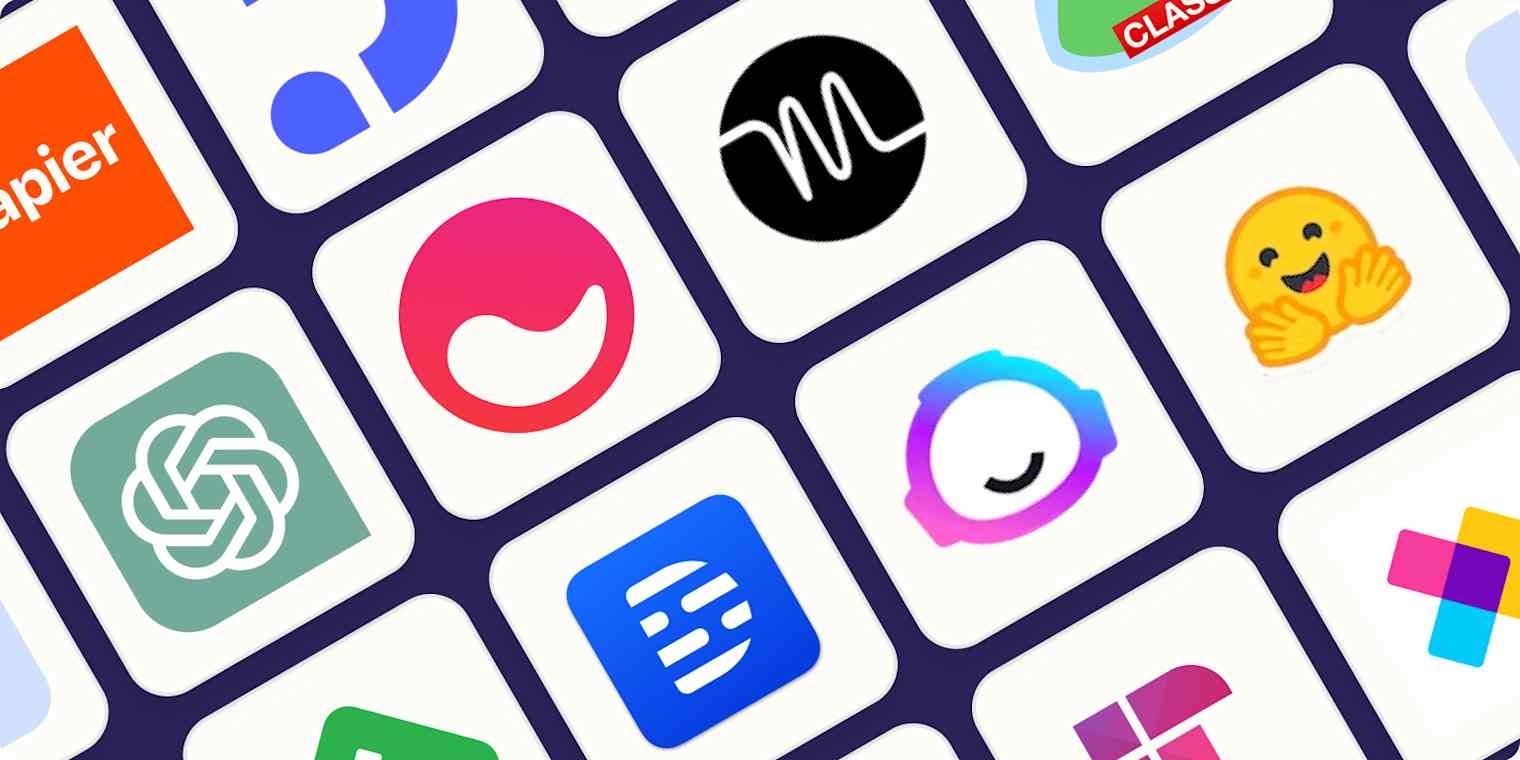AI Avatar: The Complete Guide
I’ll be honest when I first heard the phrase AI Avatar, I rolled my eyes. Another tech buzzword, right? Like NFTs, Metaverse, or whatever Silicon Valley guys are hyping up this week. But funny thing is, the more I looked into it, the more I realized… it’s not just hype. It’s already here. And whether you like it or not, AI avatars are slipping into our daily lives. Not in the sci-fi robot way you might be picturing. More like little digital versions of people sometimes of you, sometimes of a celebrity, sometimes of someone who doesn’t even exist. And that’s both kind of amazing and kind of terrifying. So, what even is an AI Avatar? Let’s not complicate this. An AI avatar is basically a computer-made character that looks, sounds, and even acts like a real person. It can be animated, talking, waving its hands around… or it can just sit there quietly looking “human enough.” You’ve seen it already. Those TikTok accounts with “virtual influencers”? Yep, avatars. Customer service chatbots with smiling faces that talk back to you in almost-natural voices? Also avatars. Even games like Fortnite are technically part of this idea except now the avatars can learn and change based on you. It’s like having a digital twin. Except this twin doesn’t sleep, doesn’t complain, and can probably out-work you on most things. Weird, right? The first time I really noticed one Quick story. A friend of mine works in marketing. Last year, he showed me this project where they made a digital spokesperson for a company. It wasn’t a real person, just a computer-generated girl with this perfect smile. She did product demos, answered questions, even joked around a little. I laughed at first. “Who’s gonna fall for that?” I asked him. He just shrugged and said, “You’d be surprised. Half the people watching don’t even realize she’s not real.” That got me. Half the people didn’t know? Or maybe they knew, but they didn’t care. And that’s when it hit me AI avatars aren’t about tricking us into thinking they’re human. They’re about filling the gaps where humans can’t (or won’t) show up. Why people actually like them You might laugh, but people do prefer AI avatars sometimes. Why? Truth be told, I get it. Talking to an AI avatar about something embarrassing might feel easier than confessing it to a stranger. Same with learning. Some schools are already testing AI tutors that look like friendly characters, guiding kids through math problems. Would I have paid more attention in math if my “teacher” was a cool digital avatar who cracked jokes? Maybe. Probably. The dark side nobody wants to talk about But hold up. Before we start cheering, there’s another side. Imagine someone creates an AI avatar of you without asking. Your face, your voice, your smile all cloned. Now picture that avatar being used in ways you never agreed to. Creepy? Yeah. This is already happening. Deepfake tech is the cousin of AI avatars, and it’s messy. Politicians being made to “say” things they never said. Celebrities being put in places they never were. Regular people too. And the scariest part? Once it’s out there, good luck proving what’s real and what’s not. We used to say, “Pics or it didn’t happen.” Now? Even pics and videos don’t mean much. The business boom Of course, companies are all over this. AI avatars are becoming a whole industry. From virtual YouTubers (VTubers) to brand mascots to personal “digital assistants” that can book your flights in a voice that sounds like your favorite actor. Some brands even create avatars that look like customers. Imagine shopping online and your “digital twin” tries on clothes for you. Kinda cool, kinda freaky. And the money is serious. Reports predict the AI avatar market could be worth billions in just a few years. Which means like it or not you’re going to see more of them. In ads. In schools. In health apps. Everywhere. Avatars as friends? Here’s where it gets a little uncomfortable. Some people aren’t just using AI avatars as assistants. They’re forming relationships with them. There are apps where you can “create” your perfect companion. You pick how they look, how they talk, even how affectionate they are. It’s like The Sims, but more personal. Lonely people, shy people, even people who’ve lost loved ones many turn to avatars for comfort. And honestly? I can’t fully judge that. I remember during lockdown, how quiet everything was. If I had an AI avatar to just talk to when I felt isolated, maybe I would’ve used it too. But then well, you know how it goes. If the line between real and artificial gets blurry, what happens to actual human connection? Schools, doctors, and… avatars? Not everything is scary though. AI avatars are also stepping into fields like: I tried one of those AI fitness apps once. The avatar had this overly cheerful voice “Come on, you’ve got this!” At first, I hated it. But after a while… I kinda liked it. Like, yeah, maybe I do got this. The blurred identity problem Here’s a thought that bugs me. If avatars can look real, sound real, and even act real what makes you different from your avatar? Let’s say you create one of yourself. It talks to clients when you’re asleep, gives speeches in your voice, even smiles better than you do. After a while, do people prefer your avatar to the real you? That’s not just a tech question. That’s a human question. Where this is all heading Nobody knows exactly, but I can guess. In a few years, AI avatars won’t just be optional they’ll be everywhere. Like email or smartphones. Something we barely think about. And maybe one day, we’ll look back and laugh at how strange it all felt. Like how our grandparents thought texting was cold and impersonal, and now we do it all day without blinking. My take (and yours, maybe)
Read More














